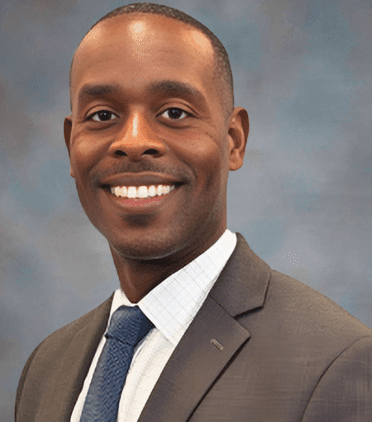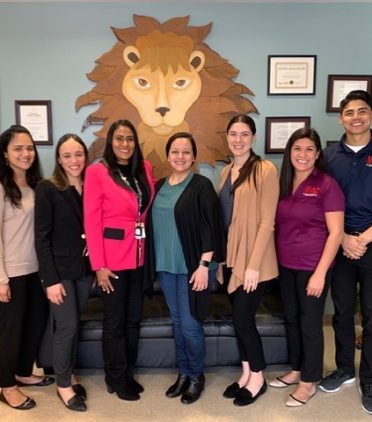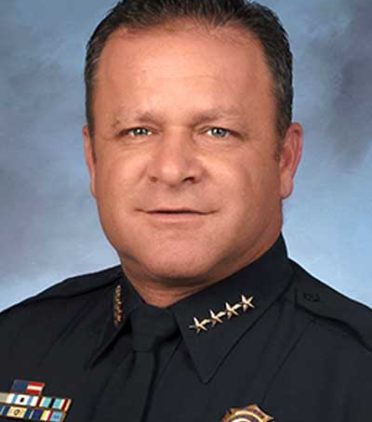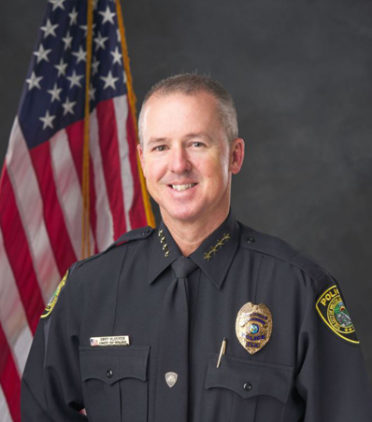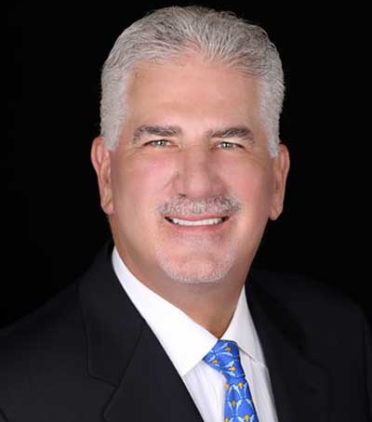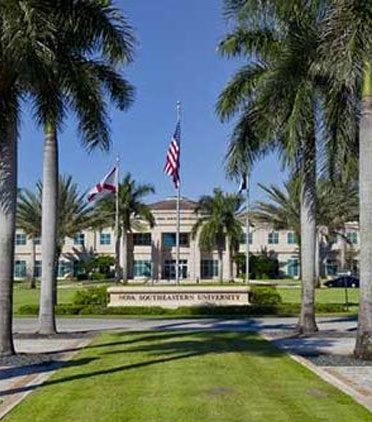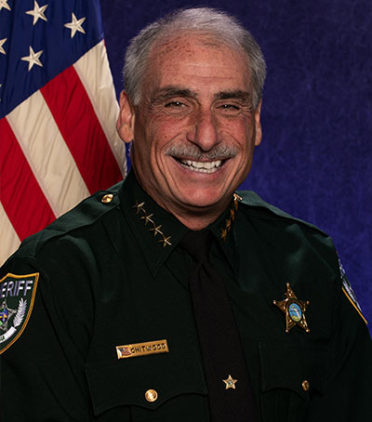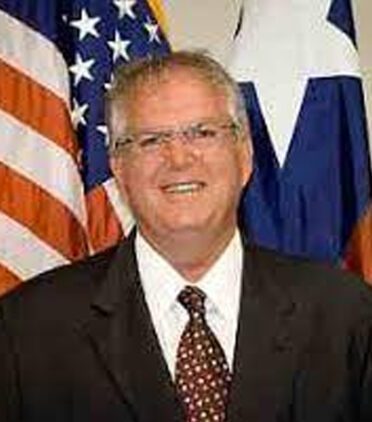The New Era of Workplace Safety: What Every Business Needs to Know
Modern workplace threats – from active assailants and insider violence to natural disasters and public health emergencies – have ushered in a new era of safety challenges for businesses. While 79% of employees feel safe at work, recent shifts in workplace violence, severe weather, and other crises are raising anxieties. To navigate these risks, organizations must go beyond basic compliance and build a culture of preparedness that permeates all levels of the company. This means taking proactive steps in planning, training, communication, and leadership to ensure that safety becomes an intrinsic part of the company’s DNA. The following best practices outline how safety managers, HR professionals, and organizational leaders can foster such a culture in practical, actionable ways.
Start with Strong Planning
Every workplace should have a clear, up-to-date emergency plan. This includes evacuation routes, lockdown procedures, communication protocols, and designated roles during a crisis. But more importantly, the plan needs to be understood, not just documented.
Best practices for planning:
- Assess risks regularly. Consider both internal and external threats specific to your location and industry.
- Coordinate with local responders. Share your emergency plan with police, fire, and EMS to ensure alignment.
- Review and update annually. Plans should evolve as your organization grows and new risks emerge.
An effective plan provides structure during chaos, and employees should know exactly what’s expected of them when something goes wrong.
Make Training a Priority
Preparedness isn’t about having a plan. It’s about knowing how to act on it. Regular, scenario-based training helps employees build confidence and muscle memory.
Training should include:
- How to evacuate safely
- Lockdown and shelter-in-place procedures
- Basic first aid or CPR (where applicable)
- What to do in medical or behavioral emergencies
Don’t rely solely on new hire orientations. Conduct refresher drills throughout the year and encourage employees to ask questions and give feedback.
Establish Clear Communication
In an emergency, communication can make all the difference. Organizations need systems that get the right information to the right people quickly.
This means using multiple channels such as mobile alerts, overhead announcements, emails, and signage. It also means making sure employees know how to report an issue and feel comfortable doing so.
Some organizations use tools like mobile safety apps or wearable panic buttons to support communication and rapid alerts. For example, devices with two-way communication allow security or emergency personnel to speak directly with a staff member in distress, improving response and coordination.
Leadership Sets the Tone
Safety culture starts at the top. When leaders take safety seriously by participating in drills, funding training, and communicating openly, employees follow suit.
Strong leadership in safety means:
- Investing in resources such as training, tools, and systems
- Modeling the right behaviors
- Recognizing employees who take initiative or report concerns
- Keeping safety on the agenda during meetings and planning discussions
Leadership is not just about reacting to incidents. It is about championing safety every day so employees feel supported and empowered.
Where SaferWatch Fits In
Technology does not replace culture, but the right tools can make a big difference when it comes to speed, awareness, and coordination. That is where SaferWatch comes in.
SaferWatch supports workplace safety with:
- Mass notification capabilities to keep your teams informed in real-time
- Tip reporting tools that empower employees to speak up before incidents escalate
- LTE panic buttons with GPS tracking and two-way voice, ideal for frontline and isolated workers
- 911 and first responder integration to streamline emergency communication
By implementing a platform like SaferWatch, businesses can enhance their emergency response strategies while reinforcing the safety culture they have built internally.
Preparedness Is Ongoing
Building a culture of preparedness does not happen overnight. It is an ongoing process of planning, learning, practicing, and improving. But when done right, it creates a more resilient workplace where employees feel confident, cared for, and ready for anything.
Whether you are starting from scratch or strengthening existing protocols, the goal remains the same. Ensure every employee knows what to do, feels supported doing it, and has the tools they need when it matters most.
To learn how SaferWatch can support your workplace safety goals, contact us today.


